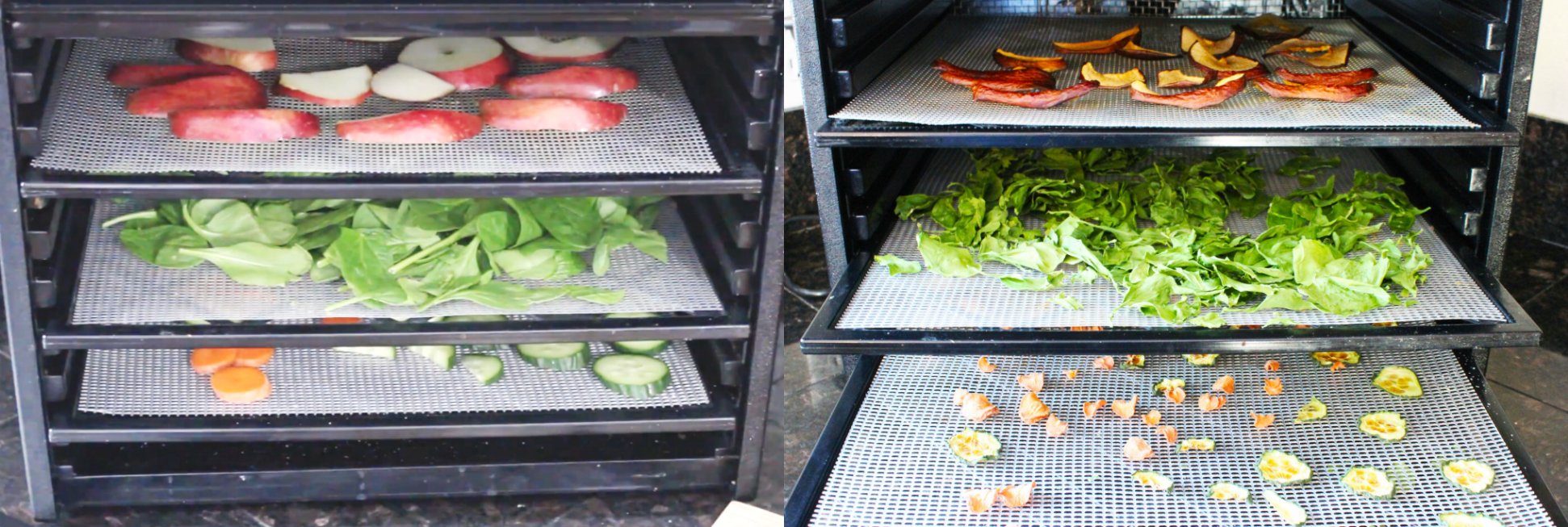
The best of health intentions can often involve stocking up on beautiful brightly-colored produce at the farmer’s market or produce section… and then sometimes life pops up and we sadly find that produce rotting in the veggie drawer.
To keep from wasting this food, a dehydrator is your secret weapon! This is the food dehydrator I use.
As we talked about with juicing, some healing protocols require a LOT of produce! And sometimes we’ll just toss stuff in the cart at the grocery store, forgetting that we’re actually going out of town this weekend.
This can happen to anyone… If you find your spinach getting a little wilty, your fresh herbs going limp, and cucumbers about to croak, remember it only takes 5 minutes to toss that produce in the dehydrator and preserve it for the future.
How to Dehydrate Anything
Leafy greens
Kale, spinach, and even lettuce can be dehydrated.
Clean, remove kale stems, and pile your dehydrator tray high with leafy greens! They dehydrate way down.
Store in an air-tight container.
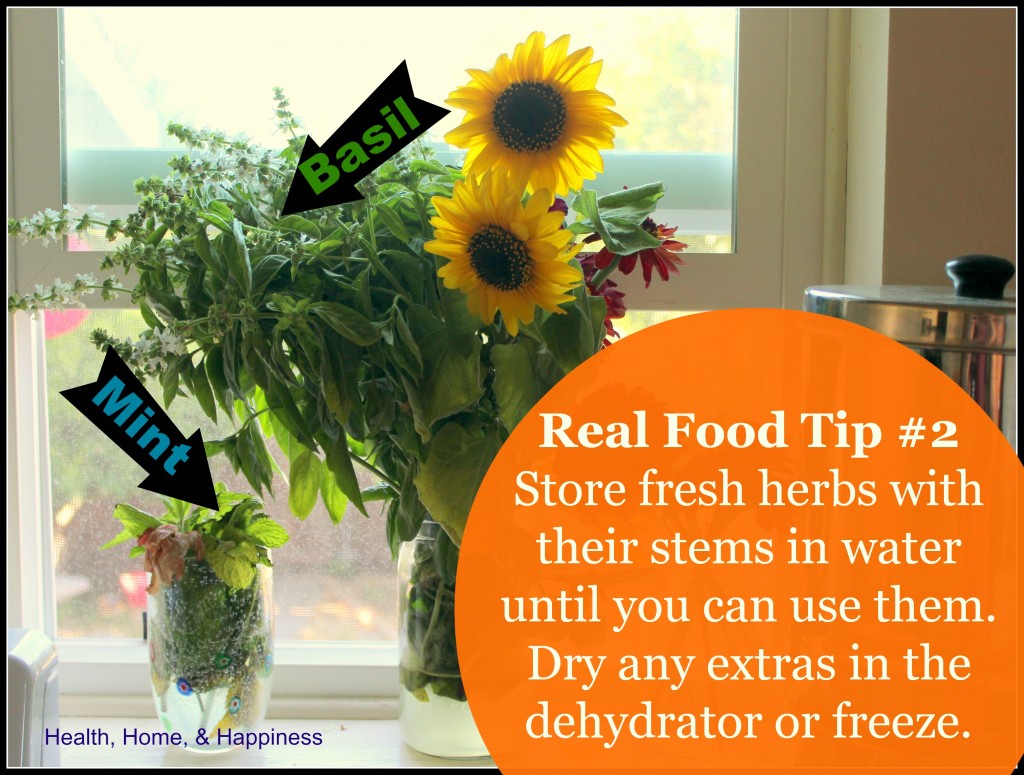
Herbs
I love using fresh herbs, but sometimes I get a bigger bunch of dill than I expected, or my basil is starting to look sad before I can use it up.
Rather than watch your pretty herbs turn brown and go bad, simply toss the whole bunch on a dehydrator tray. You can remove the stems after dehydrating easily.
To store: Crumble up your herbs with your fingers or pulse large batches in a blender and simply add to your spice jars!
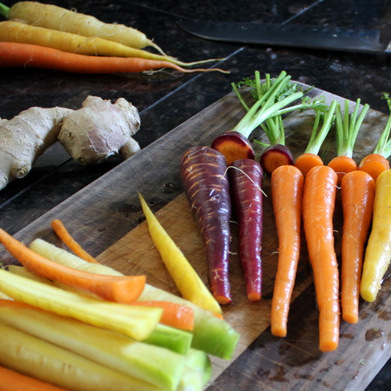
Carrots, cucumbers, and summer squash
Slice thinly, toss with olive oil if desired, and sprinkle with sea salt. Spread in a single layer on dehydrator trays and dehydrate on medium or high 12 hours or overnight.
To store, keep in an airtight container. I usually keep in the freezer (they don’t take up much room at all!) but that isn’t necessary.
Winter Squash
If you would like to eat these as ‘chips’, peel off the hard peel, slice as thin as you can. A slicing blade on a food processor works well for this. Then toss with olive oil if desired and sprinkle with sea salt. Dehydrate on medium or high 12 hours or overnight.
If planning to use in soups, simply peel and cut into 1/4 inch or less slices (more than this takes a long time to dry and rehydrate in soups) and then spread in a single layer on the dehydrator tray. Dehydrate on medium or high 12 hours or overnight.
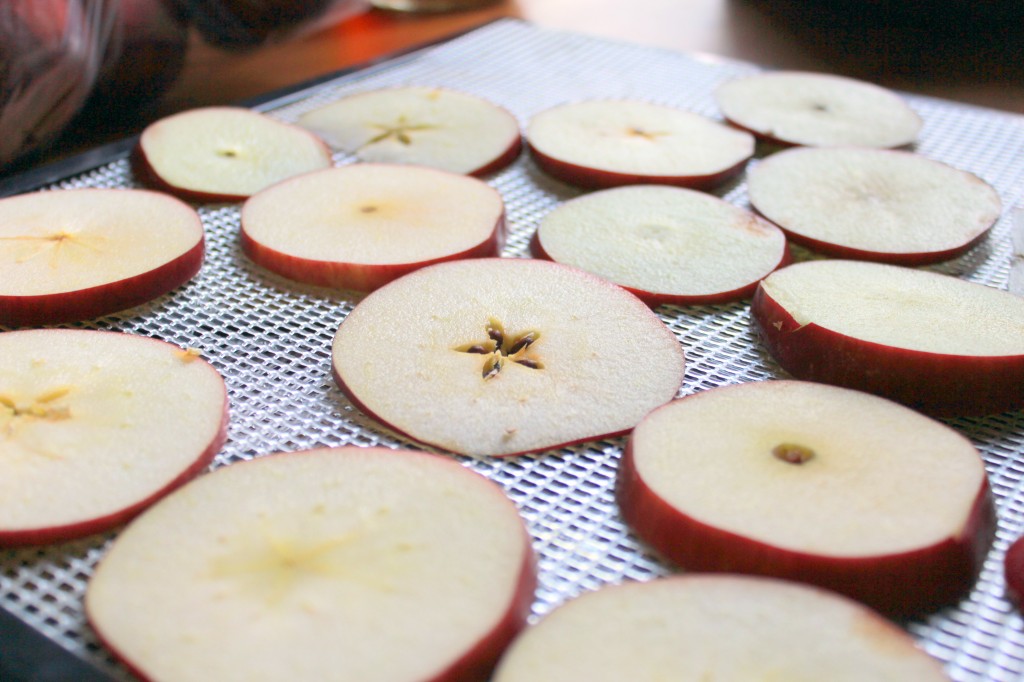
Fruit
Fruit should be sliced evenly and spread out on dehydrator trays without overlapping. Apples and pears can be cut across, and the seeds will just fall out as they dry.
Peel fruit that you normally would not eat the peel from, like kiwi and melons.
Melon is like yummy sweet jerky when it dehydrates.
Dehydrate fruit on medium or high 12 hours or overnight.
How to Use Dehydrated Produce
Leafy Greens
After dehydrating, kale, spinach, and lettuce won’t be good in a salad any more, but they will be super crumbly and easy to add to spinach dips, soup, and even sneak in smoothies or meatloaf for an extra nutrition boost.
To use in spinach dip, you can replace the fresh spinach with the dried counterpart. This is what I use dried spinach for most often, it won’t turn the dip bright green like above, but it will have dark green flecks instead. The amount of dried spinach in the dip recipe above is flexible, I use about 1/2 cup of lightly-packed dried spinach in place of the 2 cups fresh called for in the recipe.
When hiding dried greens in other recipes like meatloaf and pasta sauce, start with just a tablespoon or so in the recipe– don’t forget how much they condensed down as they dried! Nearly all the nutrition and flavor is still in there, in a much smaller form.
Herbs
Use dried herbs just as you use the store-bought counterparts. I even toss my dried herbs right into my herb jars. They can be added to soups, stews, and rubbed on meat before cooking.
Carrots, cucumbers, and summer squash
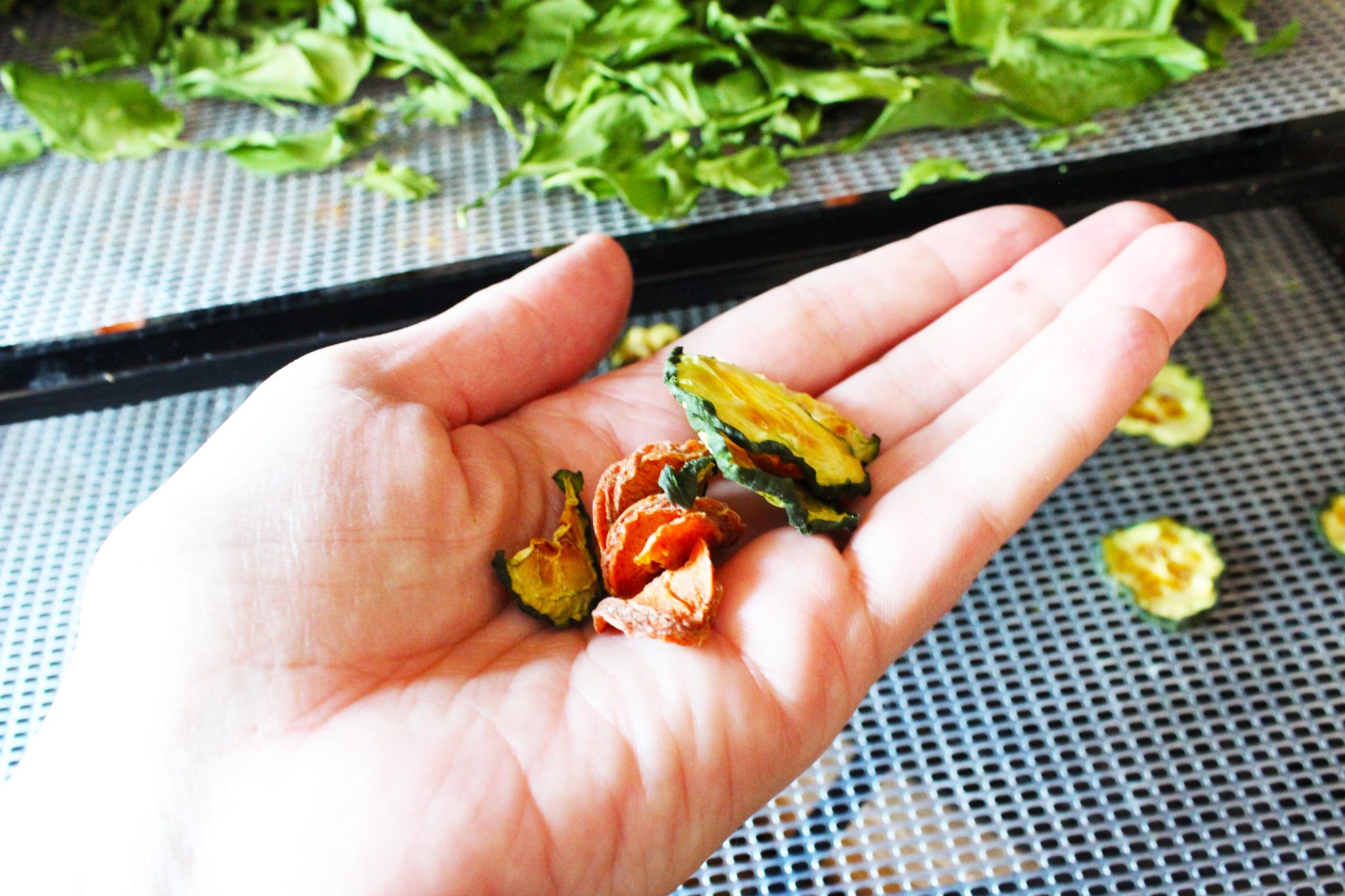
I like these as ‘chips’ but my children claim they are ‘too crunchy’ to enjoy. Though it’s common to only eat cucumbers raw or as pickles, eating them dried is really good too!
If you’re making a vegetable soup, toss a handful of these dried vegetables in when you add the broth.
If you wish to use in smoothies, re-hydrate these vegetables by soaking in a little warm water, and then add to smoothies. Omit the salt when you dehydrate if this is what you wish to do with them.
Fruit
Dried fruit is so yummy that my children nearly always ‘check on’ what’s in the dehydrator as it’s going – they’re looking for fruit! Enjoy as an after-meal treat. You can add a handful of dried strawberries, peaches, plums, or pears to homemade applesauce at the beginning of cooking for a special change in flavor.
To store, store in an airtight container. I like to keep my dried fruit in the fridge or freezer, though it’s just fine at room temperature for a week or more.
This month's ebook!

Sign up to get the 20 Cool Treats sent to your email right away!

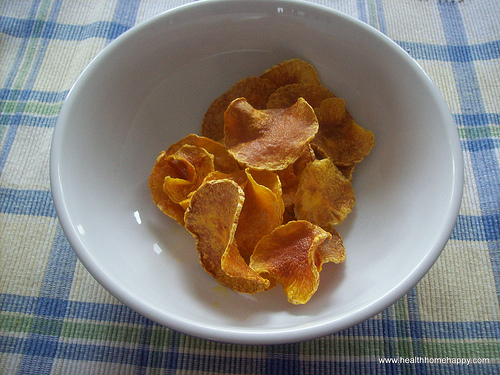
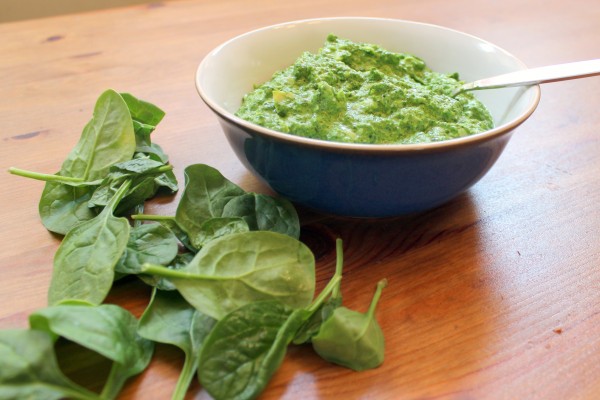
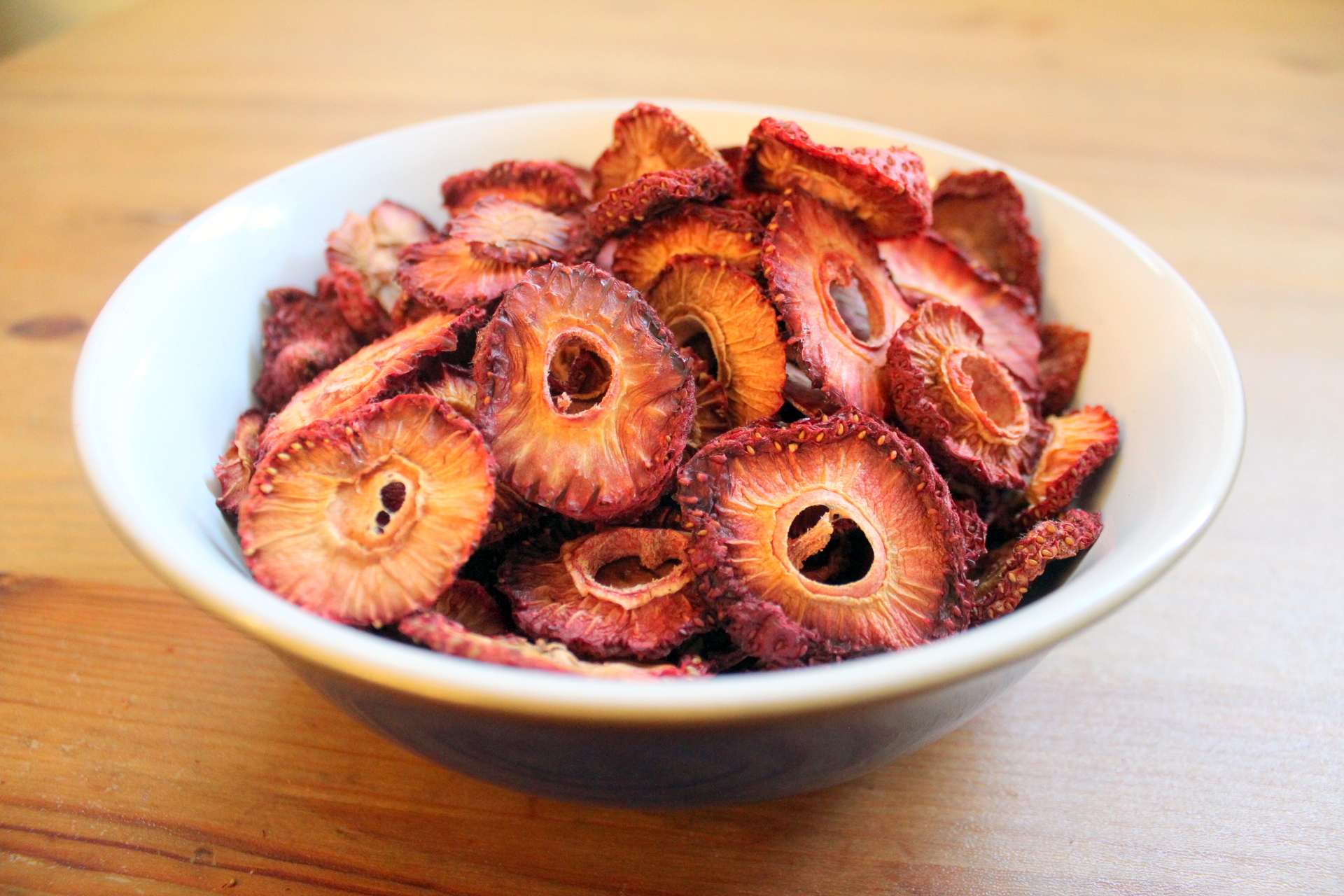
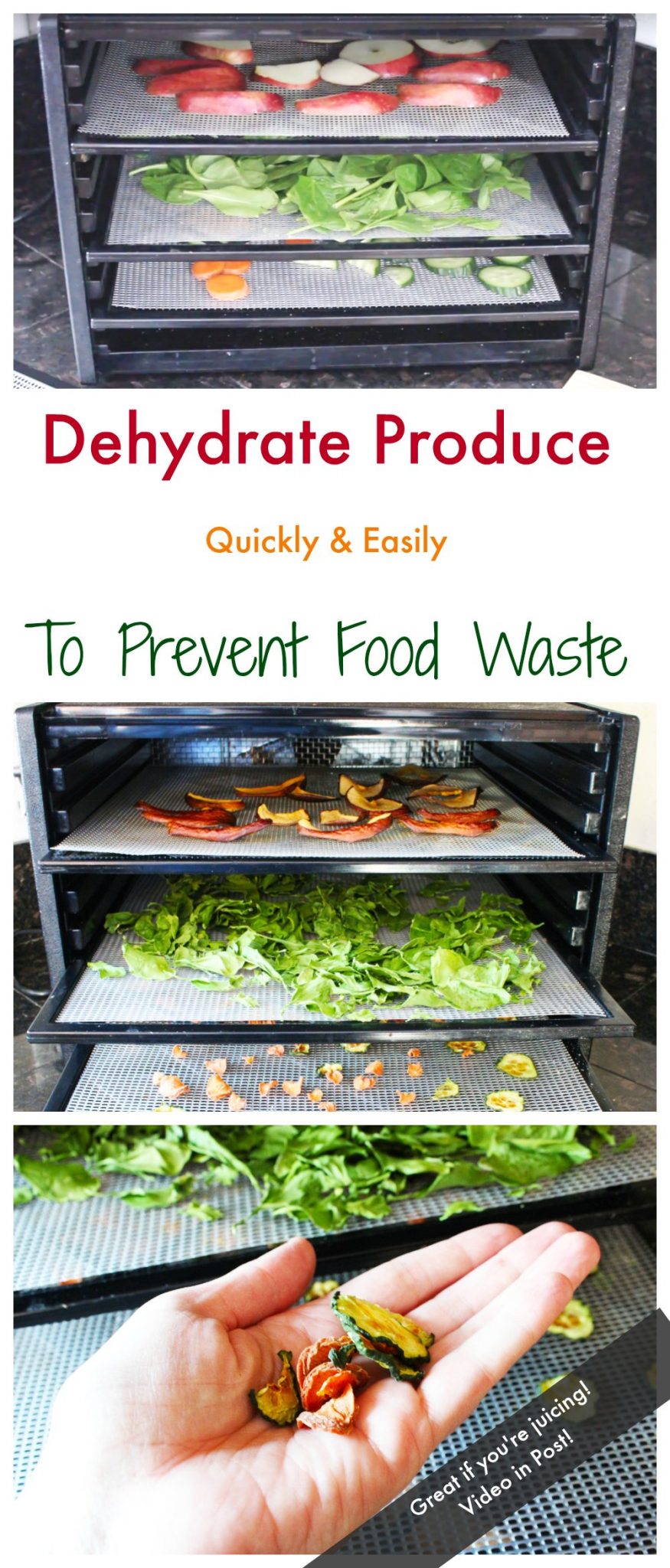

Amazing article on how to dehydrate food.
My kids love dehydrated bananas and any other fruit.
Thanks for creating this article. :)